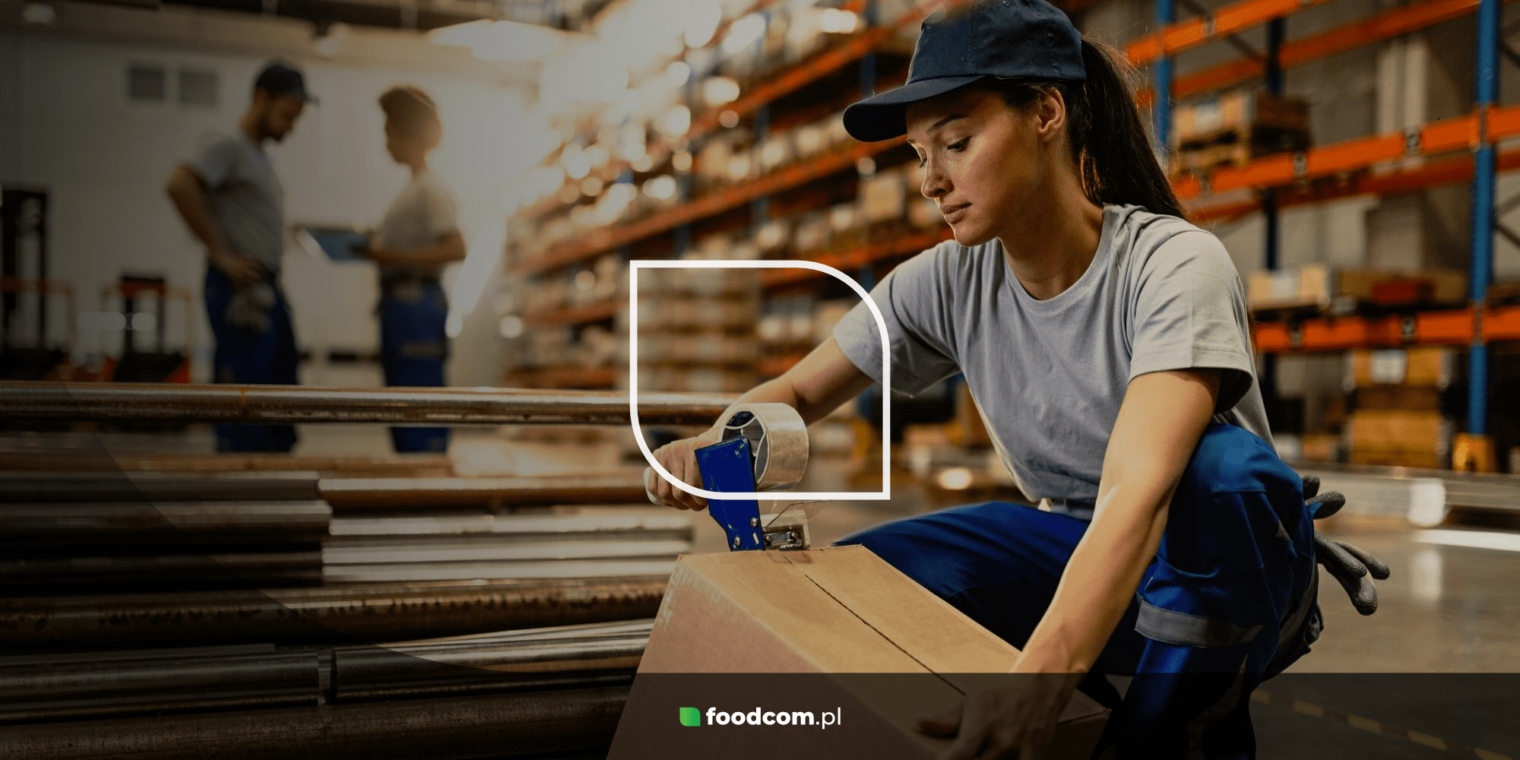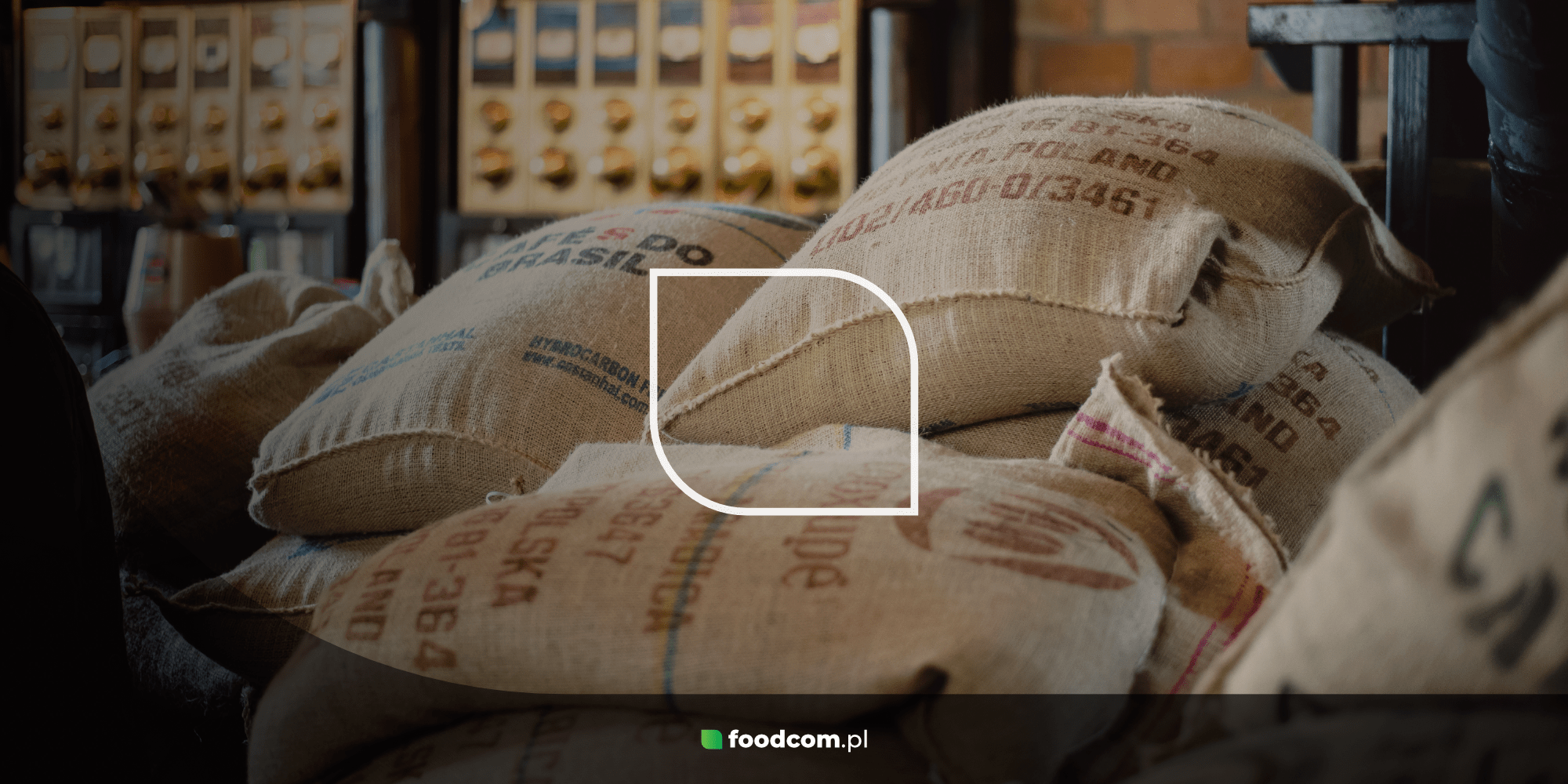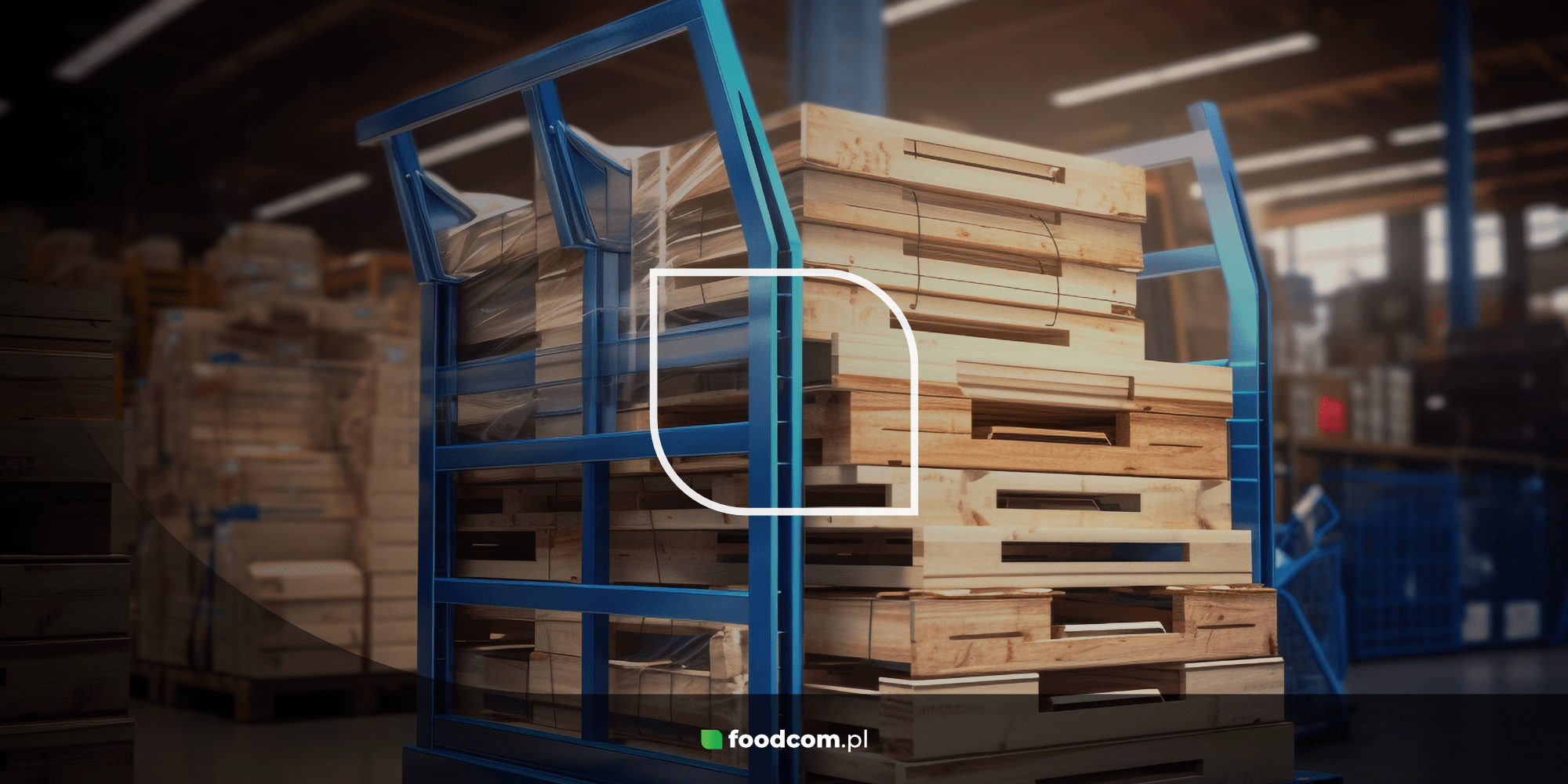- Packaging protects goods, optimises transport and influences the efficiency of the supply chain.
- We distinguish between packaging, loading and transport packaging, which differ in function and application.
- The most common are pallets, boxes, containers and Big Bags, which are adapted to different types of loads.
- They are universal, robust transport packaging, especially suitable for the transport of bulk and industrial goods.
Packaging plays a key role in modern logistics. They influence the efficiency of storage, transport and distribution processes. The right packaging not only protects goods from damage. They also optimise loading space, facilitate product identification and contribute to cost reduction. In this text, we will detail the different types of packaging in logistics, look at their functions and classification, with a particular focus on transport packaging, including the popular Big Bags.
Classification of packaging in logistics
Packaging can be classified in many ways. Depending on their purpose, the material from which they are made or the degree of durability. In logistics, the most common classification is into unit, bulk and transport packaging.
- Unit packaging – is the packaging directly associated with the product. They have a protective and informative function. Examples include shoeboxes, beverage bottles or foil packaging for electronics. Their main function is to protect the product from damage and provide an attractive appearance.
- Bulk packaging – is used to group several individual packages into a single unit. This facilitates their transport and storage. Examples of this are master cartons, in which, for example, several bottles of water or packs of foodstuffs are placed.
- Transport packaging – is packaging designed to protect goods during long-distance transport. Their main task is to protect products from mechanical damage, moisture or other external factors. This category includes, among others, pallets, crates, containers and big bags.
Packaging functions in logistics
Packaging in logistics has many important functions. It influences the efficiency of the entire supply chain. The most important of the functions include:
- Protective function – refers to the main task of packaging. It protects the goods from damage, moisture or temperature fluctuations. This ensures that products reach the customer undamaged.
- Logistical function – packaging facilitates the processes of storage, transport and distribution. Properly designed packaging allows optimum use of the loading space. This translates into lower transport costs,
- Information function – packaging often contains important product information, such as expiry date, composition, batch number or handling instructions. This makes it easier to identify goods and manage stock.
- Marketing function – Packaging can also act as a marketing tool. Attracting customers’ attention and influencing their purchasing decisions. Packaging done aesthetically in can increase the value of an item to buyers.
Types of transport packaging
Transport packaging is a key element in logistics. Especially in the context of transporting goods over long distances. Among the most commonly used transport packaging we distinguish:
- Pallets – this is the basic transport packaging. It enables goods to be easily moved and stored using forklift trucks. Pallets are often made of wood, plastic or metal and are reusable.
- Crates and boxes – are packaging made of wood, cardboard or plastic. They are used to protect goods during transport. Crates are particularly popular for transporting heavy or fragile products.
- Containers – are large, standard transport packaging. They are used for sea, rail and road transport. Containers provide a high level of protection for goods and facilitate handling.
- Big bags – flexible transport packaging. Particularly popular in the chemical, construction and agricultural industries. Big bags are made of robust materials such as polypropylene. They can hold up to several tonnes of bulk materials such as sand, cement or fertilisers. They have the advantage of being easy to store and transport, as well as being reusable.
Big bags – versatile transport packaging
Big bags are large and useful packs, widely used for the transport of various products. They are particularly useful for transporting bulk substances such as sand, small stones, plant nutrients or chemicals. Big bags are constructed of resistant materials to protect against mechanical damage and external influences such as humidity or exposure to UV rays. One of the main advantages of big bags is its simplicity in storage and transport. After it has been emptied, it can be folded up. This saves space and makes storage easier. The big bags have handles that make them easy to transport, using machinery such as forklifts.
Summary
Packaging plays an extremely important role in logistics, influencing the efficiency of storage, transport and distribution processes. Properly selected packaging not only protects goods from damage, but also optimises loading space and contributes to cost reduction. Among the various types of transport packaging, special attention should be paid to Big Bags, which have gained popularity in many industries thanks to their versatility and durability. Choosing the right packaging is a key element in building an effective supply chain, so it is worth giving this issue the attention it deserves.










